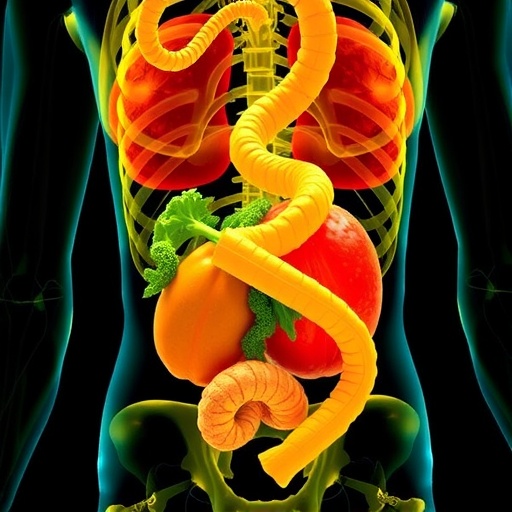- New theory and understanding of how liquid nano-jets breakup into droplets
- Computer simulations of molecules show how droplets from a “nano-tap” would differ from those produced by a household tap 1 million times larger
- Researchers at the University of Warwick have re-written the classical 19th century text-book theory of breakup to capture dominant nanoscale physics
- Applications are to emerging 21st century nano-technologies: next generation ink-jet printing, drug delivery, and lab-on-chip devices that diagnose infections and diseases in situ
Droplets emanating from a molecular “nano-tap” would behave very differently from those from a household tap 1 million times larger – researchers at the University of Warwick have found. This is potentially crucial step for a number of emerging nano technologies, e.g., manufacture of nano-sized drug particles, lab-on-chip devices for in situ diagnostics, and 3D printers capable of nanoscale resolution.
Molecular simulations of liquid jets, akin to a stream of water pouring out of a nano-tap, have been used by researchers at the University of Warwick to probe the nanoscale production of droplets. The reduction in scale from the household jet is equivalent to that of Big Ben being shrunk to the size of a human hair!
The breakup of jets has a classical theory, devised by Rayleigh and Plateau in the 19th century, but this was found to be inadequate at the nanoscale, where one cannot ignore the inherent jostling of molecules that produces nano-waves on the liquid’s boundary. The new theory developed captures these nano-waves and can accurately predict the production of nanodroplets.
This theory predicts that droplets are easier to produce at the nanoscale than from the household tap, with nano-waves acting to breakup jets that would be classically stable.
Prof. Duncan Lockerby from the School of Engineering at the University of Warwick comments:
“Our research is concerned with developing new understanding for emerging nanoscale technologies, using simulation for design techniques, and this research exemplifies this effort with potential applications in manufacturing and healthcare.”
Dr James Sprittles from the Mathematics Institute at the University of Warwick comments:
“It has been wonderful to work on a problem whose classical solution I teach to 3rd year undergraduates and to develop a new updated theory for application at the nanoscale”
The paper ‘Revisiting the Rayleigh-Plateau Instability for the Nanoscale’ has been published Open Access as a Rapid Communication in the prestigious Journal of Fluid Mechanics. It has also featured on the Front Cover of Volume 861 and is currently 4th Most Read Article.
###
Notes for editors:
High-res image available at:
https:/
The paper ‘Revisiting the Rayleigh-Plateau instability for the nanoscale’ has been published in JFM Rapids and is available to view at: https:/
DOI: 10.1017/jfm.2018.950
The research is supported by grants from the Leverhulme Trust and the Engineering and Physical Sciences Research Council (EP/N016602/1, EP/P020887/1 & EP/P031684/1).
Chengxi Zhao is a PhD student funded by Warwick’s Chancellor’s Scholarship.
About the Department of Maths:
The University of Warwick’s Mathematics Institute was ranked 3rd in the UK by the 2014 REF (Research Excellence Framework) – with more than 90% of research activity assessed as either internationally excellent or world leading.
The research environment at Warwick is rated by REF 2014 as the very best in the UK for mathematical sciences (achieving the maximum possible score of 100% at 4*).
About the School of Engineering:
https:/
For further information please contact:
Alice Scott
Media Relations Manager – Science, University of Warwick
Tel: 02476 574 255 or 07920 531 221
E-mail: [email protected]
Or
Sheila Kiggins
Media Relations Manager – Social Sciences, University of Warwick
Tel: 02476550423 or 07876218166
E-mail: [email protected]
Media Contact
Alice Scott
[email protected]
0247-657-4255
Related Journal Article
https:/
http://dx.




